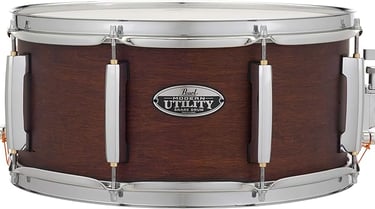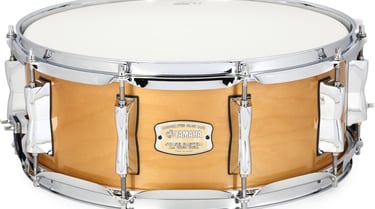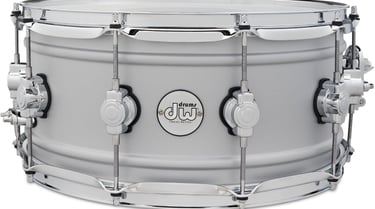
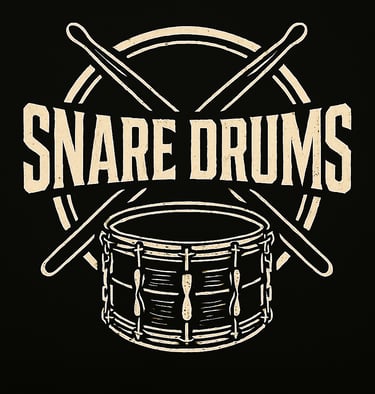

Choosing the right snare drum is all about matching tone, response, and aesthetic to your playing style and musical genre. Whether you're chasing the crack of a piccolo snare for punk aggression or the fat, warm thud of a deep maple shell for classic rock grooves, the shell material, size, and bearing edges all play a role in shaping your sound. Metal snares like brass or steel offer brightness and projection, while wood snares deliver warmth and nuance. Don’t overlook the snare wires and head selection either—they can dramatically affect articulation and sensitivity. And if you're building a brand or curating gear for affiliate content, the visual impact matters too: a snare with bold lugs, custom finishes, or raw industrial vibes can speak volumes before a single note is played
Wood (Maple)
Metal (Steel)
Metal (Aluminum)
Wood (Birch)
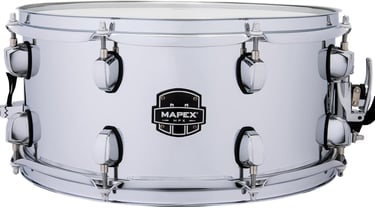

• Tone: Dry, focused, and articulate
• Why it's popular: Aluminum snares have less ring and more control, making them ideal for studio work or tight, snappy grooves.
• Genre fit: Funk, hip-hop, indie, studio session
• Tone: Warm, balanced, and versatile
• Why it's popular: Maple offers a wide tuning range and smooth response across frequencies. It’s the go-to for all-purpose snares — from studio sessions to live gigs.
• Genre fit: Rock, pop, jazz, fusion
• Tone: Aggressive, with boosted highs and lows
• Why it's popular: Birch has excellent projection and a crisp, articulate sound. It’s great for live settings where clarity matters.
• Genre fit: Pop-punk, gospel, modern rock
• Tone: Bright, cutting, with long sustain
• Why it's popular: Steel snares deliver sharp attack and rimshot clarity. They’re built for projection and punch.
• Genre fit: Hard rock, punk, metal — basically your wheelhouse

